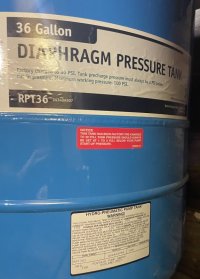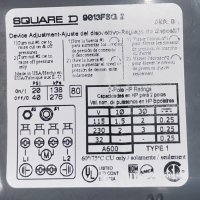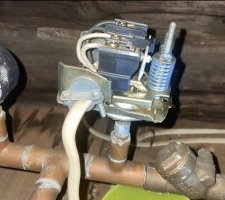Newbie on this, any help appreciated - I have a steady drip from my water pump pressure switch. Off grid cabin, water is turned on/drained approx 10 times per year during winter, guessing maybe it’s just time to replace.
Question - previous owner had pressure set at 72 PSI. Said after playing with it over the years, that’s what works best. The switch, though, is 20/40. Could this cause issues? I see different switches (40/60, etc). If I do replace this, am I better off swapping to a different model?
Question - previous owner had pressure set at 72 PSI. Said after playing with it over the years, that’s what works best. The switch, though, is 20/40. Could this cause issues? I see different switches (40/60, etc). If I do replace this, am I better off swapping to a different model?



